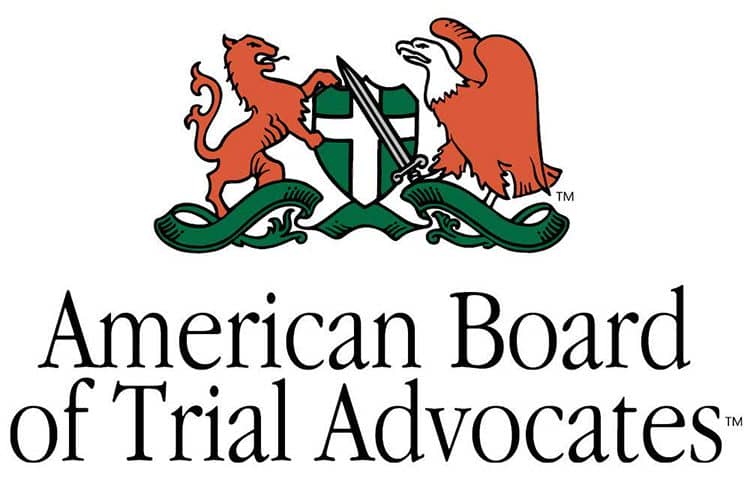
Millions of people each year get sick from food poisoning, also called foodborne illness. In some cases of food poisoning, the sick person may have a legal claim. Before you can determine if you might have a valid legal claim, you must first gain a basic understanding of foodborne illness, what it is and how food can become contaminated.
What Is Food Poisoning?
Food poisoning is an umbrella term for any kind of illness caused by food that has been contaminated by disease-causing “microbes” or “pathogens”. The Centers for Disease Control and Prevention (CDC), a government agency that monitors outbreaks of food poisoning, estimates that there are 76 million cases of food poisoning in the United States each year, most of which go unreported. According to the CDC, there are between 400 and 500 reported outbreaks of foodborne illness each year.
Types of Food Poisoning
Although there are over 250 different types of food poisoning, they may be grouped into the following four broad categories:
- Bacteria: the most common type of food poisoning.
- E. Coli- A type of bacteria commonly found in the intestines of healthy cattle, deer, goats, and sheep, and may be spread by way of the animal’s feces during slaughter. Though the most common way to become sick from E. coli is by eating undercooked ground beef, E. coli has also been the cause of food poisoning outbreaks traced to raw spinach and bean sprouts.
- Salmonella- Another common bacteria, usually associated with animal products such as chicken and eggs. Salmonella may be spread inadvertently to other foods during meal preparation. Salmonella was the culprit in a recent food recall when it was found in a peanut processing plant with unsanitary conditions.
- Viruses: passed from one infected animal or person to another through food.
- Parasites: tiny creatures that make their home in your body.
- Toxins: poisonous substances that accidentally end up in your food.
How Does Food Become Contaminated?
Because the disease-causing microbes that cause food poisoning are invisible to the eye and nearly impossible to detect, it is easy to contaminate food without realizing you are doing so. As a result, there are many opportunities for accidental contamination. Here are a few ways that this can happen:
- The slaughtering process. Disease-causing microbes are found in the intestines of healthy animals, and what may be harmless to the animal can make a human gravely ill. As a result, the process of slaughtering healthy animals for food regularly involves the release of disease-causing microbes into areas used for food processing.
- Animal feces. Animal feces are another plentiful potential source of disease-causing microbes. In spite of all the sanitary precautions taken by the food and agriculture industries, disease-causing microbes sometimes accidentally find their way into the food supply.
- Fertilizers, contaminated water, pesticides. Outbreaks of food poisoning have been traced to food processing plants, where the food has been tainted with disease-causing microbes found in manure-based fertilizers or contaminated water that has been used for irrigation or to wash produce. Pesticides are another danger.
- Meal preparation. Food can also become contaminated during meal preparation. Disease-causing microbes commonly found in various forms of raw meat are usually killed through proper cooking, but a plate, cutting board, or utensil that touches contaminated raw meat and is then used to serve the cooked food may re-contaminate it.
- Improper food storage. Disease-causing microbes can also multiply and grow in improperly stored food or food left unrefrigerated for several hours.
Foods Commonly Associated with Food Poisoning
Although just about any food can become contaminated by secondary contact, the most common sources of disease-causing microbes come from animal products such as raw meat, poultry, eggs, shellfish, and unpasteurized milk. This hazard is greater whenever a particular food product, such as ground beef, comes from many different animals, increasing the chances that a given batch will include some contaminated meat.
Preventing Food Poisoning
As a rule of thumb, most disease-causing microbes can be eliminated by proper cooking. When preparing meals, any plates or utensils that come into contact with raw meat or eggs or other animal products should be thoroughly washed before re-use.
Although washing certain foods, such as leafy produce, is generally recommended, keep in mind that washing does not always rid contaminated food of all disease-causing microbes.
When eating out at a restaurant, you are more or less at the mercy of whatever precautions are taken in the restaurant’s kitchen, though most states have some sort of public health board that carries out routine restaurant inspections, often requiring restaurants to display their health inspection evaluation in a prominent location.
GCW Can Help You with Food Poisoning Claims
If you are a victim of food poisoning and think you may have a legal claim, consulting with an attorney may help you sort out the medical and legal issues as well as provide some insight into the strengths of your personal injury claim. Contact our GCW attorneys today to get more information about your food poisoning claim.




